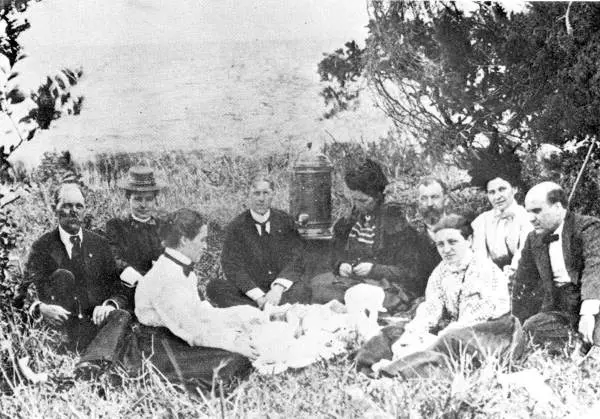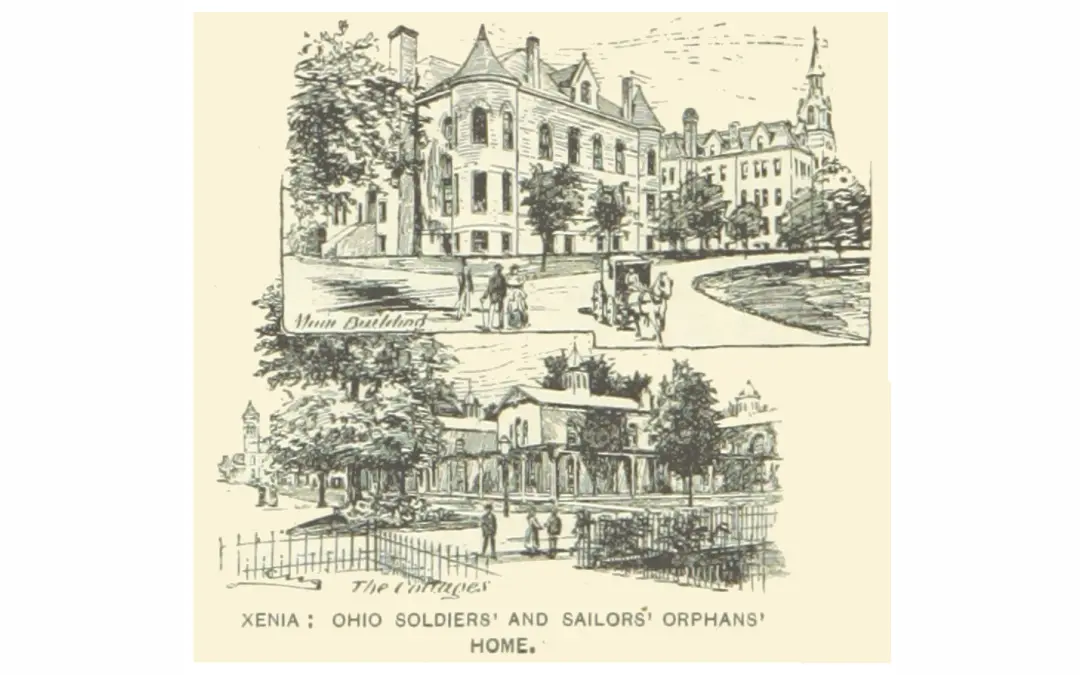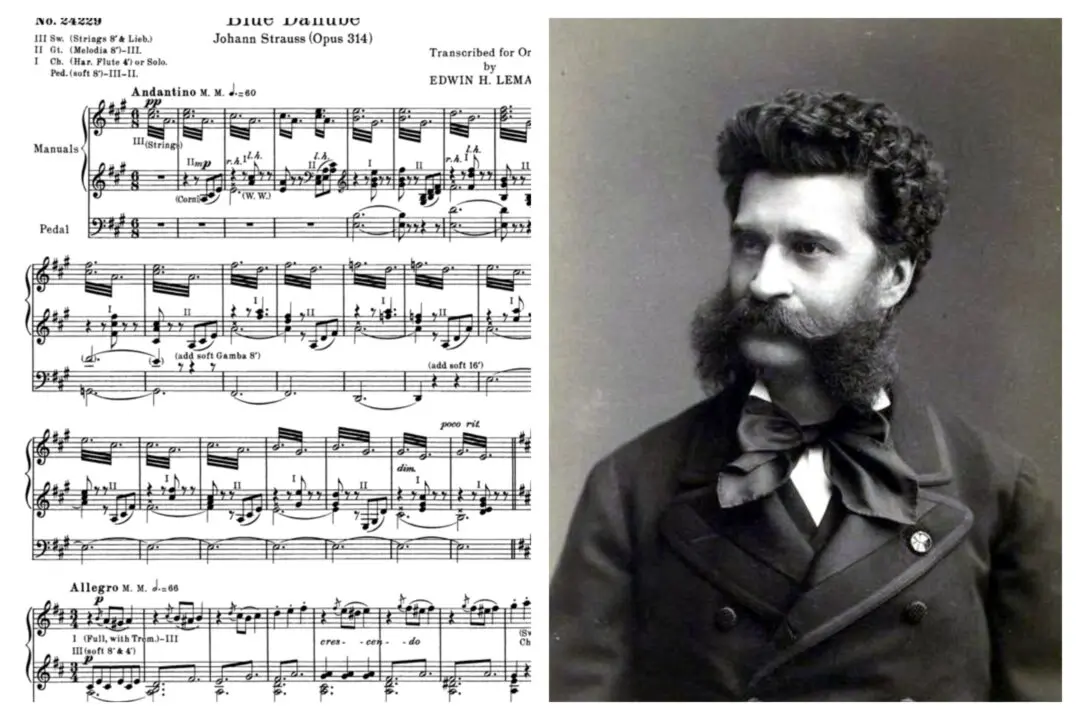Millions of Americans gather every year in the spirit of the first Pilgrims to celebrate family and togetherness. Since William Bradford gave an account of the First Thanksgiving in “Of Plymouth Plantation,” other writers have also put pen to paper to describe more recent versions of this holiday, real or imagined. Less, however, than you might think.
There’s Truman Capote’s short story “The Thanksgiving Visitor” and some scattered quotes about the holiday from Mark Twain and others. But depictions of Thanksgiving in classic American literature are rare.





